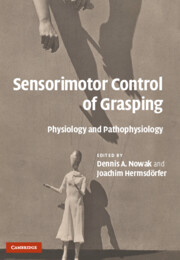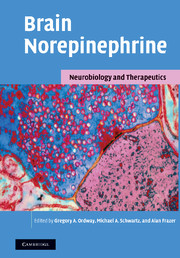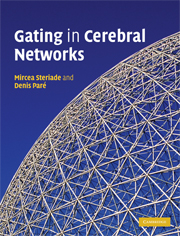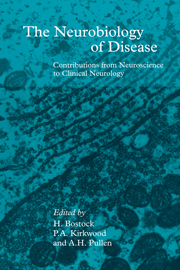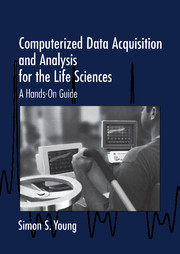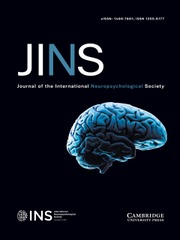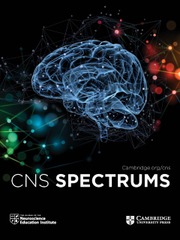Sensorimotor Control of Grasping
The human hand can take on a huge variety of shapes and functions, providing its owner with a powerful hammer at one time or a delicate pair of forceps at another. The universal utility of the hand is even more enhanced by the ability to amplify the function of the hand by using tools. To understand and appreciate how the human brain controls movements of the hand, it is important to investigate both the healthy motor behaviour and dysfunction during everyday manipulative tasks. This book provides a contemporary summary of the physiology and pathophysiology of the manipulative and exploratory functions of the human hand. With contributions from scientists and clinical researchers of biomechanics, kinesiology, neurophysiology, psychology, physical medicine and rehabilitation, it covers the development of healthy human grasping over the lifespan, the wide spectrum of disability in the pathological state and links basic motor research with modern brain sciences.
- Contemporary summary of the control of grasping from both a laboratory and a clinical perspective
- Contains a colour plate section to illustrate research from the advanced experts who have contributed to this book
Product details
July 2009Hardback
9780521881579
524 pages
254 × 179 × 28 mm
1.2kg
31 b/w illus. 14 colour illus.
Available
Table of Contents
- Part I. Methodology:
- 1. Analysis of grip forces during object manipulation J. Hermsdörfer
- 2. Kinematic assessment of grasping U. Castiello and C. Ansuini
- 3. Digit forces in multi-digit grasps V. M. Zatsiorsky and M. Latash
- 4. Recordings from the motor cortex during skilled grasping T. Brochier and R. Lemon
- 5. Recording of EMG activity in the monkey during skilled grasping T. Brochier and R. Lemon
- 6. Transcranial magnetic stimulation investigations of reaching and grasping movements G. Koch and R. C. Rothwell
- 7. Neuroimaging of grasping H. H. Ehrsson
- 8. fMRI studies of the basal ganglia and precision grip M. B. Spraker, D. M. Corcos and D. E. Vaillancourt
- 9. Models for the control of grasping E. Oztop and M. Kawato
- Part II. The Physiology of Grasping:
- 10. The study of hand movements during grasping: a historical perspective M. Jeannerod
- 11. Sensory control of object manipulation R. S. Johansson and R. S. Flanagan
- 12. Predictive mechanisms and object representations used in object manipulation R. S. Flanagan, K. Merrit and R. S. Johansson
- 13. The neurohaptic control of the hand A. Smith
- 14. Points for precision grip A. M. Wing and S. J. Lederman
- 15. Two hands in object oriented action S. Endo, A. M. Wing and M. Bracewell
- 16. Dynamic grasp control during gait P. Gysin, T. R. Kaminski and A. M. Gordon
- 17. Development of grasping and object manipulation B. Vollmer and H. Forssberg
- 18. The effects of ageing on sensorimotor control of the hand K. Cole
- Part III. The Pathophysiology of Grasping:
- 19. Somatosensory disorders J. Hermsdörfer and D. A. Nowak
- 20. Multi-digit grasping and manipulation: effect of Carpal Tunnel Syndrome on force coordination J. A. Johnston and M. Santello
- 21. Stroke C. Lang and M. Schieber
- 22. Prehension characteristics in Parkinson's disease T. S. Flink and G. E. Stelmach
- 23. Grip force analysis in Huntington's disease – a biomarker for clinical trials? R. Reilmann
- 24. Traumatic brain injury J. Kuhtz-Buschbeck
- 25. Focal hand dystonia S. Prio Richardson and M. Hallett
- 26. Cerebellar disorders M. Manto and D. A. Nowak
- 27. Tremor L. Timmermann, J. Raethjen and G. Deuschl
- 28. Schizophrenia D. A. Nowak
- Part IV. Therapy of Impaired Grasping:
- 29. Stroke therapy D. A. Nowak and J. Hermsdörfer
- 30. Functional reorganisation and neuromodulation, C. Grefkes and G. R. Fink
- 31. Intensive training of upper extremity function in children with cerebral palsy A. M. Gordon and K. M. Friel
- 32. Therapy of sensorimotor dysfunction of the hand in Parkinson's disease R. Wenzelburger
- 33. Therapy of focal hand dystonia K. Zeuner, B. Baur and H. R. Siebner
- 34. Therapy of idiopathic normal pressure hydrocephalus D. A Nowak.

